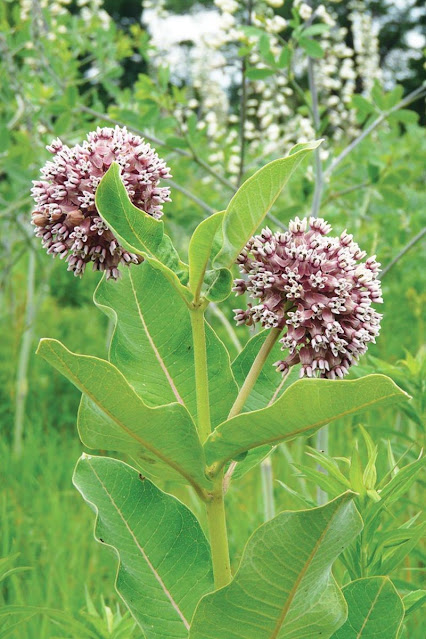Seven years ago, I did my flower shopping with a butterfly. It was more of a mesmerizing encounter than a planned outing.
While visiting a local nursery, a butterfly landed on one of the flowering perennials I'd intended to buy. That particular flower caught her eye, though most of my other choices were a big thumbs down. Off she went to inspect the rest of the nursery's inventory and I was right behind her!
Wherever she'd linger, I'd grab a pot of those flowering perennials. That butterfly happily blew my gardening budget, though I consider it one of the sweetest investments I've ever made.
Admirals, Emperors, Skippers and Snouts
These days, my gardens are a flutter of activity because ~ in addition to flowers ~ I plant a few veggies which encourage them to stay. Nectar-rich blossoms attract butterflies to your garden, though chances are, they were born nearby. Try offering plants that meet a butterfly's needs through all four life stages - egg, caterpillar, chrysalis, and adult.
Mother Swallowtails (very popular in my area) are particularly fond of parsley, carrots, and parsnips. If she spots these goodies, you'll make a new friend fast. She'll lay her eggs in the leaves so baby caterpillars are well-fed, once they enter the world.
Monarchs, of course, are the most beloved of butterflies because of their epic journey from Mexico to Canada and back again.
Their survival technique of feeding strictly on Milkweed is very clever, indeed. Milkweed contains a poisonous substance palatable to butterflies, making them distasteful to birds and other predators. The Monarch's distinctive markings give predators fair warning that they won't make a very tasty meal.
Common Milkweed
Many places have identified a "state butterfly," one that already enjoys hanging out in your geographical area. This is a great place to begin. Once you discover the butterflies that frequent your backyard, simply plant a section in the garden to meet their needs. Visit The Butterfly Site to learn more about the many butterflies who will happily call your garden home.
To start a Monarch Butterfly Way Station consider planting these varieties of Milkweed (much loved by other butterflies, too!)
Showy Milkweed
Showy Milkweed – (A. speciosa) is a less invasive, western native. Grows to 4 feet with light pink flowers. Tolerates dry soil.
Butterfly Milkweed
Butterfly Milkweed – (A. tuberosa) is an eastern and southwestern native. Grows to 3 feet with showy orange, red, or yellow flowers. Prefers dry soil.
Common Milkweed
Common Milkweed – (A. syriaca) - grows 5 feet tall, with fragrant lavender flowers. Spreads rapidly by rhizomes and will happily take over in the garden if you allow it... [Somewhat invasive.]
* The typical life span for a Monarch adult is 3-5 weeks. A migrating Monarch, from the last generation in summer, can live to the ripe old age of 8 months.
* The typical life span for a Monarch adult is 3-5 weeks. A migrating Monarch, from the last generation in summer, can live to the ripe old age of 8 months.

















































